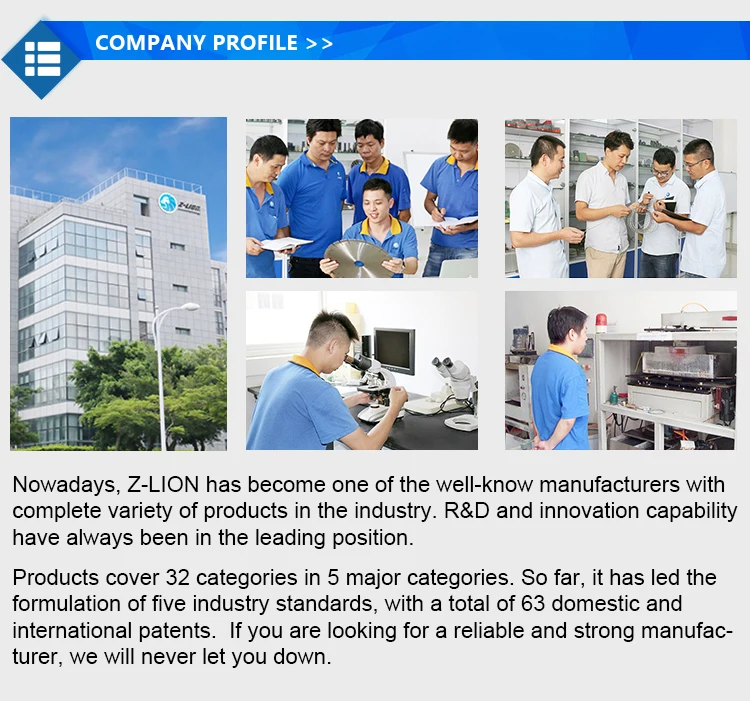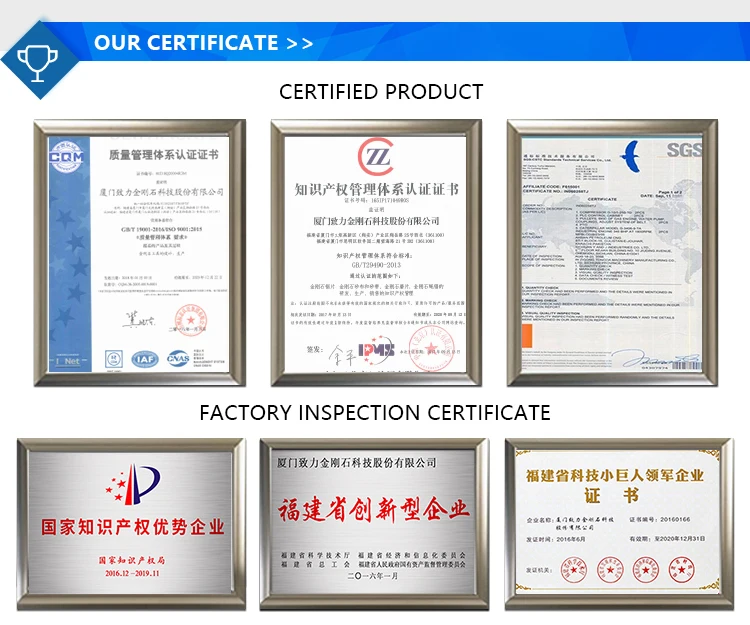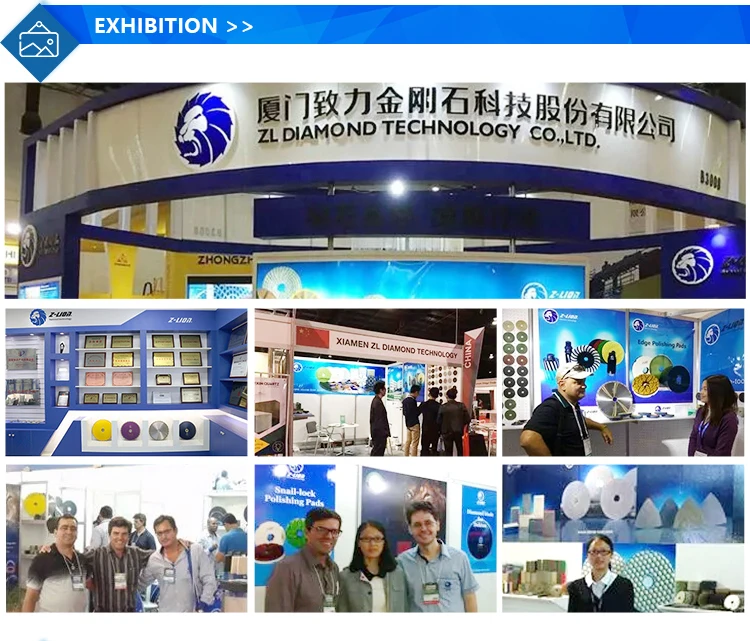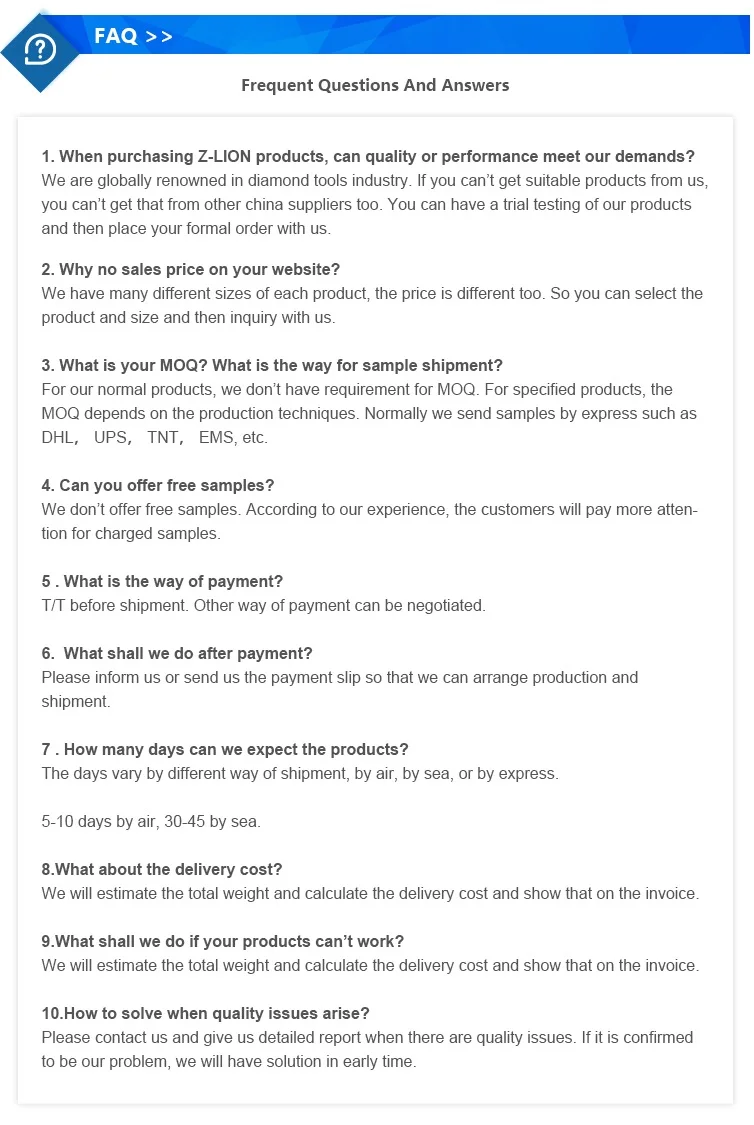【Technology Knowledge】Experimental Research on PCBN Tool Cutting and Surfacing Cobalt-based Alloy
Keywords PCBN tool|2020-09-22 11:07:04|Source Tool Technology
Abstract Surfacing cobalt-based alloys have good wear resistance, high temperature resistance and corrosion resistance, so they are widely used in workpieces with special requirements for surface quality. For some special types of parts (such as sealed valves, rolls, and petroleum pipelines in petroleum, steel and other industrial fields), in its...
Surfacing cobalt-based alloys have good wear resistance, high temperature resistance and corrosion resistance, so they are widely used in workpieces with special requirements for surface quality. For some special types of parts (such as sealed valves, rolls, and petroleum pipelines in petroleum, steel and other industrial fields), plasma arc surfacing technology is usually used in the production process, and a layer of cobalt-based cladding is used on the surface of the workpiece. Alloys to improve the surface properties of the workpiece, reduce production costs, and extend the service life of parts.
Surfacing cobalt-based alloy has excellent performance, but its hardness is high, uneven, and thermal conductivity is poor, which is a typical difficult-to-process material. The unevenness of the surfacing layer and the scattered hard spots in the cutting process will aggravate tool wear and even cause tool damage. In addition, the large amount of cutting heat generated during the machining process makes the contact between the tool and the workpiece extremely prone to chemical reactions, causing thermochemical wear of the tool, and further reducing tool durability.
At present, for the processing of surfacing cobalt-based alloys, the commonly used methods include grinding and low-speed turning of cemented carbide tools. Grinding processing cost is high, production efficiency is low, and the massive use of cutting fluid causes serious environmental pollution, which does not conform to the concept of "green processing" in modern production, so it is not an ideal processing method. The low-speed turning processing method using cemented carbide tools not only has poor surface quality but also low efficiency, which makes it difficult to meet the requirements of high-efficiency and high-quality processing. Therefore, a high-efficiency, high-quality, green and environmentally-friendly processing method for surfacing cobalt-based alloys by PCBN tool turning instead of grinding is proposed.
In this paper, a polycrystalline cubic boron nitride tool (PCBN) is used to cut the surfacing cobalt-based alloy. The orthogonal test method of 4 factors and 4 levels is used to study the effect of different cutting parameters and tool tip arc radius on the surface roughness of the workpiece. The influence law of the cutting force during machining and the influence of the dispersion analysis method is used to evaluate the influence degree, which provides a new theory and experimental basis for the method of machining surfacing cobalt-based alloys by turning on behalf of grinding.
1 Test conditions and scheme
The base material of the test piece was 316 stainless steel, and a layer of Stellite Co12 cobalt-based alloy powder was surfacing welded on the surface. The chemical composition is shown in Table 1.
Table 1 Chemical composition of Co12 powder (wt.%)

CCrSiNiFeWMnMoCo1.4029.51.453.003.008.251.001.00 Bal. The workpiece after surfacing is composed of the base body and the surfacing layer, and the size is Φ200mm×250mm. As shown in Figure 1, the turning object of the test is the surfacing layer of the workpiece, the thickness of the surfacing layer is 5mm, and the hardness is about 48HRC.

Figure 1 Cobalt-based alloy surfacing test piece
The tool is selected DBW85 brand PCBN tool, and its working angle is shown in Table 2. The tool chamfering parameter is 0.1mm×-15°, and the test plan design is shown in Table 3.
Table 2 Tool working angle

Table 3 Test plan

2 Test results and analysis
(1) Cutting force test results and analysis
Cutting force is of great significance to the research of cutting mechanism. The relationship between the cutting force and the cutting amount and the radius of the nose arc is studied, and the influence curve of the cutting parameters on the cutting force is obtained from the test results. See Figure 2 to Figure 5.
It can be seen from Figure 2 that with the increase in the amount of back-grabbing, the overall cutting force is increasing, but it is not proportional to the amount of back-grabbing. When the back-cutting amount is changed from 0.1mm to 0.25mm, although the back-cutting amount is increased by 1.5 times, the corresponding main cutting force is only increased by 0.4 times, which is different from the traditional cutting theory.

Fig. 2 The relationship curve between cutting force and the amount of back tool
In the traditional cutting theory, based on the premise that the amount of back-cutting has no effect on the cutting deformation and the heat dissipation effect of the cutting zone, it is believed that when the amount of back-cutting changes, the unit cutting force and the heat dissipation per unit volume remain basically unchanged; at the same time, With the increase in the amount of back-grabbing, the area of the cutting layer and the heat dissipation volume both doubled. Therefore, the cutting force increases in proportion to the increase in the amount of back cutting, and the cutting temperature remains basically unchanged.
The test workpiece material is surfacing cobalt-based cemented carbide, which has high hardness, high brittleness, and extremely poor thermal conductivity. A large amount of cutting heat will be generated during the cutting process. With the increase of the amount of back cutting, the heat dissipation volume is still It increases proportionally, but the heat dissipation effect becomes worse everywhere. Although the tool-chip contact width increases in proportion to the amount of back-grabbing, due to the poor thermal conductivity of the material, the frictional heat between the chip and the rake face is only concentrated in the tool-chip plastic contact area. The heat diffused from the contact area is basically the same, that is, it can be considered that the heat dissipation effect at this place becomes worse. The temperature in the cutting area of the tool will increase with the increase of the amount of back knife, and the unit cutting force will decrease due to the weakening of the temperature. , Resulting in a non-proportional relationship between the cutting force and the amount of back-grabbing.
It can be seen from Figure 3 that the overall cutting force increases disproportionately with the increase in the feed rate, that is, the feed rate increases by 3 times, and the corresponding main cutting force only increases by 0.7 times. The overall change trend is consistent with the traditional cutting theory. , But the growth rate is small. This is because as the feed rate increases, the cutting thickness increases proportionally, and the cutting deformation will decrease. At the same time, due to the poor thermal conductivity of the cobalt-based hard alloy surfacing, as the feed rate increases, the chip top layer spreads outwards The heat is basically unchanged, that is, the heat dissipation effect there is also worse, which further increases the temperature of the cutting zone. For this reason, as the feed rate increases, the unit cutting force decreases by a larger margin, which leads to the above test results.

Figure 3 The relationship between cutting force and feed
As shown in Figure 4, when the cutting speed is changed from 25.1m/min to 100.4m/min, the cutting speed is increased by 3 times and the main cutting force is reduced by 37%, that is, the cutting force is greatly reduced as the cutting speed increases.

Figure 4 The relationship curve between cutting force and cutting speed
In the traditional cutting theory, if no built-up edge is formed during the cutting process, as the cutting speed increases, not only the initial slip line of the deformation zone moves back to increase the shear angle, but also the friction coefficient between the tool and the chip decreases. The shear angle is increased, so the cutting force is slowly reduced. But this result is obtained under the premise that the temperature weakening effect and the strain rate strengthening effect caused by the increase of cutting speed are basically offset.
When cutting surfacing cobalt-based alloys, as the cutting speed increases, on the one hand, the changing law of the shear angle is the same as the traditional cutting theory; on the other hand, because of its poor thermal conductivity and higher cutting temperature, the high temperature weakening effect of the material is far greater The strengthening effect of strain rate.
Figure 5 reflects the influence of the tool nose radius on the cutting force. It can be seen that the main cutting force and the back force show a small change trend that first decreases and then increases, and the feed force does not change significantly. The test results are basically consistent with the traditional cutting theory.

Figure 5 The relationship between cutting force and the radius of the tool tip arc
It can also be seen from Fig. 2 to Fig. 5 that the main cutting force Fz is greater than the back force Fy and the feed force Fx when cutting the surfacing cobalt-based alloy. It can be seen that the test results are consistent with the traditional cutting theory.
(2) Surface roughness test results and analysis
Taking the surface roughness as a measure of the surface quality, the influence of cutting parameters and the radius of the tip arc on the surface roughness is studied, and the influence curves of the cutting parameters on the surface roughness are obtained from the test results, as shown in Figure 6 to Figure 9.
It can be seen from Figure 6 that when the amount of back-grabbing is small (ap≤0.15mm), as the amount of back-grabbing increases, the surface roughness is basically stable and unchanged; as the amount of back-grabbing gradually increases (ap> 0.15mm), the surface roughness increases first and then decreases, and reaches the maximum when ap=0.2mm.
When the amount of back tool is small (ap≤0.15mm), the cutting force is small and the cutting temperature is low; at the same time, the rigidity of the process system of the cutting test is better, and the tool material is PCBN with high hardness and good heat resistance. Therefore, when the amount of back-grabbing increases, the tool wear and cutting vibration changes during the cutting process are small. Therefore, as the amount of back-grabbing increases, the surface roughness value of the processed workpiece is smaller, and there is little change in the processing process.
When the amount of back-grabbing is large (ap>0.15mm), the cutting force is larger and the cutting temperature is higher. During the cutting process, the wear of the tool and the vibration of the workpiece will increase as the amount of back-grabbing increases; at the same time, due to high temperature The weakening effect, the plasticity of the cobalt-based superalloy increases with the increase in the amount of back attack. Therefore, when the amount of back-grabbing ap ≤ 0.2mm, the impact of tool wear and workpiece vibration on the surface roughness is greater than that of the increase in plastic deformation of the material, so the surface roughness gradually increases with the amount of back-grabbing Increase
When the amount of back-grabbing ap>0.2mm, the effects of the two are exactly opposite. The impact of the tool due to wear is greater than the effect of high temperature weakening, so the surface roughness of the workpiece gradually decreases as the amount of back-grabbing increases.
To sum up, when the amount of back-grabbing is large (ap>0.15mm), as the amount of back-grabbing increases, the surface roughness of the workpiece increases first and then decreases.

Figure 6 The relationship curve between surface roughness and the amount of back knife
It can be seen from Figure 7 that as the feed rate increases, the surface roughness increases, and the increase in feed rate increases the height of residual material on the workpiece surface, thereby increasing the roughness, which is consistent with the traditional cutting theory.

Fig. 7 Relationship curve between surface roughness and feed
As shown in Figure 8, as the radius of the tool tip arc increases, the surface roughness of the workpiece shows a small decrease first and then a significant increase, which is basically consistent with the cutting force. Due to the poor fracture toughness of PCBN tools, the form of tool micro chipping during the cutting process is very sensitive to changes in cutting force, that is, under test conditions, the probability of micro chipping occurring when the radius of the tip arc is small, but with As the radius of the arc of the tool tip continues to increase, the probability of its occurrence will increase. Although the theoretical roughness of the workpiece surface tends to decrease with the increase of the radius of the tool nose arc, when the radius of the tool nose arc is larger, the decrease is smaller than that of the tool's micro chipping. Therefore, as the radius of the tool tip arc increases, the roughness value first decreases slightly and then increases significantly.

Fig. 8 Relationship curve between surface roughness and radius of tool nose
As shown in Figure 9, as the cutting speed increases, the surface roughness first decreases and then increases. When the cutting speed reaches about 75m/min, the surface roughness reaches a minimum. When the cutting speed v<75m/min, if the cutting speed is lower, the high temperature weakening effect is not significant due to the lower cutting temperature; at the same time, due to the high hardness of PCBN tools, the toughness is poor, and the workpiece surfacing layer is distributed more hard In the cutting process, there will be a greater impact on the tool, and micro chipping will occur at the cutting edge of the tool. In addition, the error reverberation effect will increase the roughness value of the workpiece; as the cutting speed increases, the high temperature weakens gradually Enhancement improves the plastic toughness of workpiece materials and tool materials, and reduces the probability of tool chipping and breakage. Therefore, the roughness value gradually decreases. When the cutting speed reaches about 75m/min, the surface roughness value of the workpiece is the smallest; when the cutting speed v>75m/min, the cutting temperature is higher. Under high temperature conditions, the depth of the crescent crater and the wear of the flank of the tool The rapid increase of the amount increases the probability of tool damage; in addition, the cutting vibration increases with the increase of the cutting speed, and its influence on the surface roughness under high-speed cutting conditions cannot be ignored. The combined effect of the above multiple factors leads to a gradual increase in roughness value.
It can be seen from Fig. 6 to Fig. 9 that the surface roughness values of the workpieces obtained by surfacing cobalt-based alloys by turning processing are all lower, indicating that the processing quality obtained by turning processing is better and can be realized by turning instead of grinding.

Figure 9 The relationship between surface roughness and cutting speed
3 Using dispersion analysis method to evaluate the impact
The dispersion analysis method is used to study the influence of each cutting parameter on the cutting force and surface roughness. Deviation refers to the sum of squares of the difference between a set of data and its average value. The size of the deviation reflects the degree of data dispersion, and further reflects the degree of influence of the test factor on each index. The test data is shown in Table 4.
Table 4 Cutting force and surface roughness test results


Calculate the overall average value μ of the 4 levels from formula (1), and then calculate the average data corresponding to each level IA/4, IIA/4, IIIA/4, IVA/4. The formula is

Using μ as the benchmark, calculate the difference between the average value X4 of the data corresponding to each level and the benchmark μ, and then find the square sum of the difference to get the deviation value. Comparing the magnitude of the deviation value, the greater the deviation value, the greater the degree of influence of related parameters.
Table 5 Calculation results of deviations at each level

From the comparison of the calculation results, it can be seen that the amount of back-grabbing has the greatest influence on the feed force, and the amount of feed has the greatest influence on the back force, main cutting force, and surface roughness.
4 summary
Through orthogonal experiments, the cutting process of the finish machining of the surfacing cobalt-based superalloy with the DBW85 cubic boron nitride tool was studied, and the law of the influence of various cutting parameters on the cutting force and the surface roughness of the workpiece was obtained.
(1) With the increase of the amount of back-grabbing, the surface roughness basically does not change at the beginning. When it reaches a certain value (ap>0.15mm), the surface roughness first increases with the increase of the amount of back-grabbing Decrease trend; cutting force shows an increasing trend, but its growth trend is not proportional;
(2) As the cutting speed increases, the surface roughness shows a trend of first decreasing and then increasing, and the overall cutting force decreases;
(3) As the feed rate increases, the surface roughness of the workpiece increases; the overall cutting force increases, but it is also not proportional;
(4) As the radius of the tool nose arc increases, the surface roughness increases, and the main cutting force and back force show a small change trend of first decreasing and then increasing, and the feed force has no obvious change;
(5) From the analysis of the dispersion analysis method, it can be seen that the amount of back-grabbing has the greatest influence on the feed force, and the amount of feed has the greatest influence on the back force, main cutting force, and surface roughness.


-All diamond tools can be ordered and fabricated!
- Henry Wang | Quote Manager
Henry Wang | Quote Manager
-WhatsApp:+86-13459035657
-Email: ceo@zdiamondtools.com
-Web www.zdiamondtools.com
Company Profile

Certifications

Company Team

Exhibition

Logistics

FAQ
















